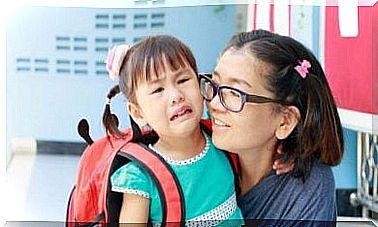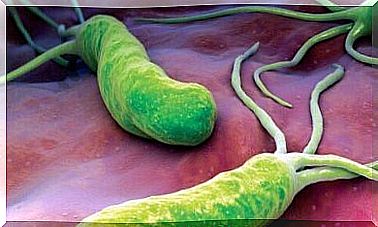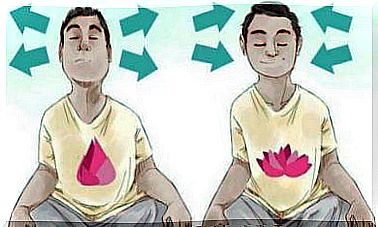How To Detect Astigmatism In Children
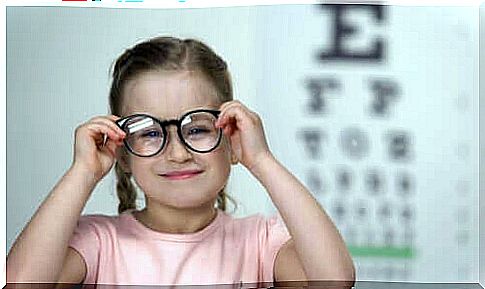
Astigmatism in children is a common visual problem. In fact , it affects nearly 15% of the entire general population. Most cases start in childhood (Spanish link) or during adolescence.
This is because astigmatism has a certain hereditary component. This information can help with the diagnosis, as it is also often associated with other visual disturbances, such as nearsightedness, which are inherited.
The problem is that if astigmatism in children is not detected early, it can significantly affect their school performance. In this article, we will therefore explain everything you need to know about it and how it is diagnosed.
What is astigmatism in children?
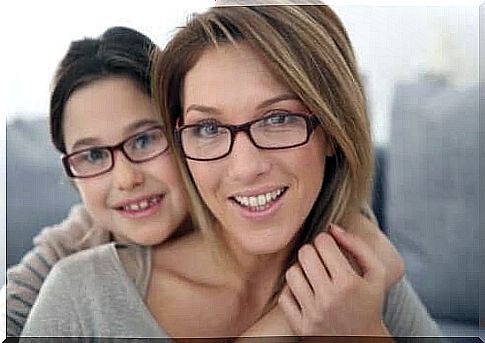
Astigmatism is a refractive error, just like nearsightedness or farsightedness. Refractive errors are changes in vision that prevent the eye from focusing light accurately on the retina. This results in blurred vision.
In the case of astigmatism, the difficulty occurs when a person tries to focus on an object, no matter how close or far it is. In other words, it affects both far and near vision.
It differs from myopia or nearsightedness in that distant objects appear blurry. Hyperopia or farsightedness, in turn, affects near vision. It is important to know how to distinguish them, as they all require different corrections.
What Causes Astigmatism in Children?
As we mentioned above, astigmatism in children usually has a hereditary component. In other words, it is much more common if one or both parents also suffer from it. However, there are cases where the family history is not known because the genetic condition is not essential.
The corneas of children with astigmatism are flatter than normal. This anterior segment of the eyeball allows light rays to focus on the retina. The normal shape is concave.
For this reason, when it is flat, the rays do not project to the retina, but rather in front of or behind it. In a number of cases, in addition to that of the cornea, the shape of the lens also changes.
Types of Astigmatism
There are different types of astigmatism in children, depending on whether it is related to other refractive errors. To understand it, you must first know what the meridians of the eye are. Looking at the eye from the front, a meridian divides the eyeball from top to bottom. The other does it from left to right.
The first type of astigmatism is therefore myopic astigmatism. In this case, one or both of the meridians will focus like a nearsighted eye.
On the other hand, astigmatism in children can also be hyperopic. In this case, the eye focuses poorly at short distances. Finally, astigmatism can be mixed by combining errors of the two previous ones.
The Symptoms of Astigmatism in Children
To detect astigmatism in children, it is important to pay attention to the symptoms. It is more difficult to suspect astigmatism than myopia or hyperopia because its signs are not so obvious and they do not immediately complicate school performance.
Among the most common symptoms are educational challenges and delays with no known cause. The child may seem inattentive or unfocused, perhaps even hyperactive. However, this lack of concentration stems from the inability to focus on the letters of the books or blackboards.
These children typically have frequent headaches and tend to squint to try to focus objects. Another typical gesture is for them to tilt their heads to see better. As a result, they suffer from red eyes or itching due to excessive exertion.
In fact, the low interest in reading stems from visual problems. When these children read aloud, some tend to skip entire lines of text or switch syllables.
Thus, the reading difficulties resulting from astigmatism in children are due to vision problems and not to an intellectual disorder.
How to diagnose it in children
In order to diagnose astigmatism in children, in addition to observing all the symptoms, you should take your child to an ophthalmologist. The professional will use a series of complementary methods and tests to examine their vision to diagnose your child.
In an eye exam, ophthalmologists usually use different lenses to assess all aspects of vision. Once they diagnose the astigmatism, they will likely prescribe glasses or contact lenses for your child. However, that must be decided on a case-by-case basis.
What you need to remember is that astigmatism in children affects their education. It is therefore important to be aware of telltale symptoms, such as the way they read or have a headache.
Thus, it is the responsibility of both parents and educators to detect the condition, as they are the ones who spend the most time with children.



